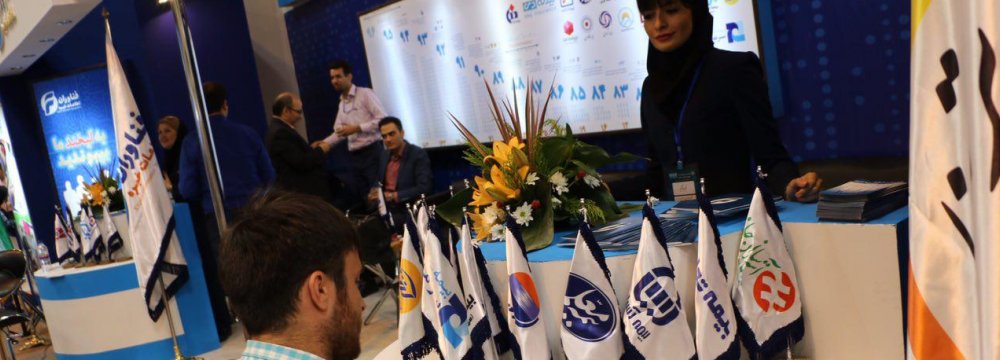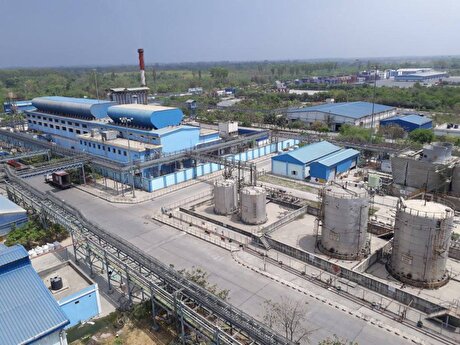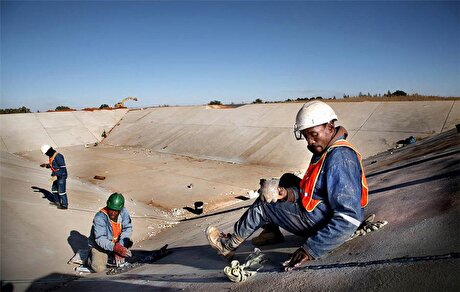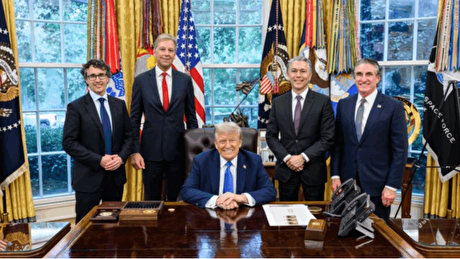
Iran Focusing on Insurance Development


An economy heavily controlled by the government and a lack of development in key economic sectors are the two main reasons for the Iranian insurance sector's lower penetration rate compared to other countries, the head of the Central Insurance of Iran said.
"I do accept this [that the penetration rate of insurance is lower than what it should be]," Abdolnasser Hemmati also told Tasnim News Agency.
"Either way, ours is a developing country and there are several reasons as to why the culture of insurance has not been entrenched in the country. One of them is that our economy is oil-dependent and when this happens and an economy revolves around the government, which owns a majority of companies and organizations, the people feel that when an accident happens, the government will make up for the losses."
However, the official added that when the economy gradually moves away from the government, the public will feel the need for insurance, which will help promote the acculturation of insurance.
"We believe that the more we move away from a state-controlled economy, the more we will witness the growth of insurance in the society," he said.
Hemmati also referred to a logical correlation between insurance penetration – measured as a percentage of premiums to a country's gross domestic product – and economic growth and development, which is evident in all countries.
According to the CII chief, the government's big role in the economy and underdevelopment of economic sectors are slowing insurance growth in Iran.
"When we say the penetration rate is high in developed countries, it shows that a country's development level influences the size of its insurance market," he said.
Hemmati, who had previously headed the CII during 1994-2006, said people tend to believe that more basic needs must be dealt with first, and then they can address other things such as insurance.
When a considerable part of the population is struggling with basic problems such as housing and food, "they cannot think of insurance", he added.
The CII chief further said there is a direct link between people's income and insurance penetration, especially in the category of life insurance.
Bridging the Gap
Hemmati noted that the progressive trend for insurance sector is currently satisfactory and for the first time, the penetration rate of insurance surpassed 2% in 2015 and is currently at 2.1%.
This is while, he said, when he was first appointed as the head of CII in 1994, the figure was 0.34%.
He said the average ratio of premiums to GDP in the world is currently close to 6%, "but it would be better to categorize this because whenever we say 6%, it is said that we are far behind the rest of the world".
"The 6% is for life and non-life insurance categories combined," he said, stressing that more than 50% of this figure are for life insurance throughout the world, while non-life categories have a 2.5% to 3% penetration rate.
Hemmati emphasized the importance of life insurance in portfolios globally, adding that the situation is reverse in Iran, where life insurances make up only 13-14% of the overall insurance portfolio.
"Therefore, it would be difficult for us to maximize the penetration of insurance with non-life insurance categories and we must strive to increase the penetration of life insurance categories as well," he said.


Hindustan Zinc to invest $438 million to build reprocessing plant

Gold price edges up as market awaits Fed minutes, Powell speech

Glencore trader who led ill-fated battery recycling push to exit

UBS lifts 2026 gold forecasts on US macro risks

Roshel, Swebor partner to produce ballistic-grade steel in Canada

Iron ore price dips on China blast furnace cuts, US trade restrictions

EverMetal launches US-based critical metals recycling platform

US hikes steel, aluminum tariffs on imported wind turbines, cranes, railcars

South Africa mining lobby gives draft law feedback with concerns

Trump raises stakes over Resolution Copper project with BHP, Rio Tinto CEOs at White House

US seeks to stockpile cobalt for first time in decades

Trump weighs using $2 billion in CHIPS Act funding for critical minerals

Nevada army depot to serve as base for first US strategic minerals stockpile

Emirates Global Aluminium unit to exit Guinea after mine seized

Tailings could meet much of US critical mineral demand – study

Codelco cuts 2025 copper forecast after El Teniente mine collapse

Glencore targets 1Mt of copper in Argentina over coming decade

Viridis unveils 200Mt initial reserve for Brazil rare earth project

SQM boosts lithium supply plans as prices flick higher

US seeks to stockpile cobalt for first time in decades

Trump weighs using $2 billion in CHIPS Act funding for critical minerals

Nevada army depot to serve as base for first US strategic minerals stockpile

Tailings could meet much of US critical mineral demand – study

Codelco cuts 2025 copper forecast after El Teniente mine collapse

Glencore targets 1Mt of copper in Argentina over coming decade

Viridis unveils 200Mt initial reserve for Brazil rare earth project

SQM boosts lithium supply plans as prices flick higher

Abcourt readies Sleeping Giant mill to pour first gold since 2014














